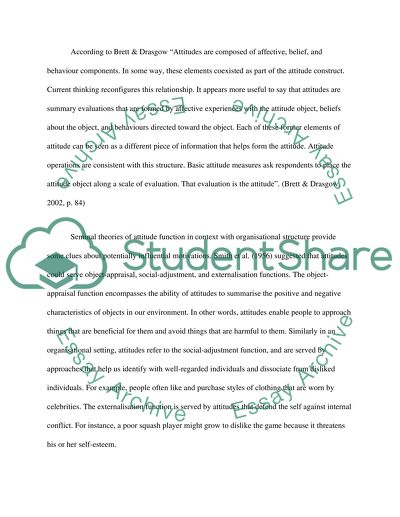Cite this document
(“Social Psychology of Organisations Essay Example | Topics and Well Written Essays - 3000 words”, n.d.)
Social Psychology of Organisations Essay Example | Topics and Well Written Essays - 3000 words. Retrieved from https://studentshare.org/sociology/1529030-social-psychology-of-organisations
Social Psychology of Organisations Essay Example | Topics and Well Written Essays - 3000 words. Retrieved from https://studentshare.org/sociology/1529030-social-psychology-of-organisations
(Social Psychology of Organisations Essay Example | Topics and Well Written Essays - 3000 Words)
Social Psychology of Organisations Essay Example | Topics and Well Written Essays - 3000 Words. https://studentshare.org/sociology/1529030-social-psychology-of-organisations.
Social Psychology of Organisations Essay Example | Topics and Well Written Essays - 3000 Words. https://studentshare.org/sociology/1529030-social-psychology-of-organisations.
“Social Psychology of Organisations Essay Example | Topics and Well Written Essays - 3000 Words”, n.d. https://studentshare.org/sociology/1529030-social-psychology-of-organisations.


